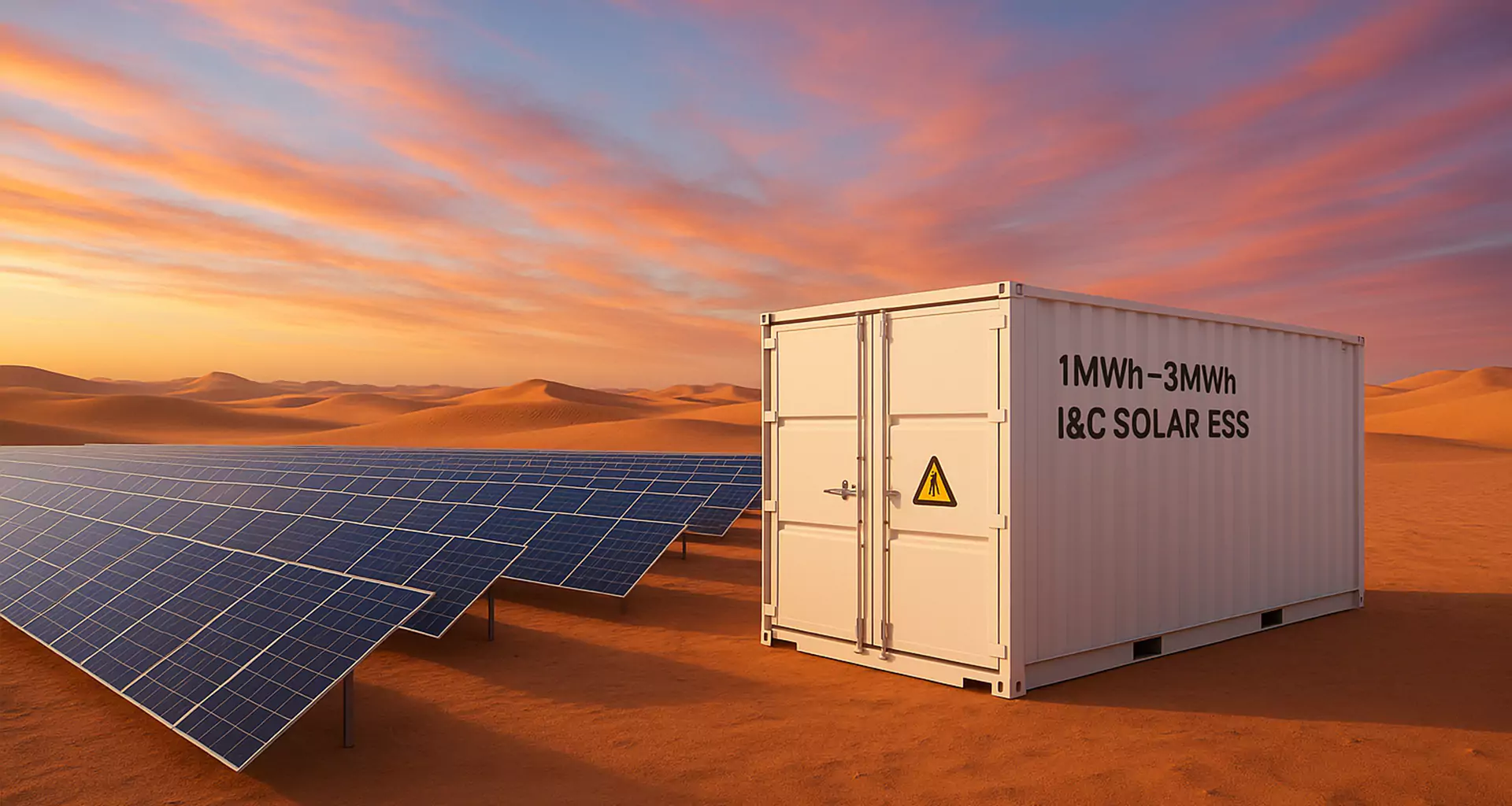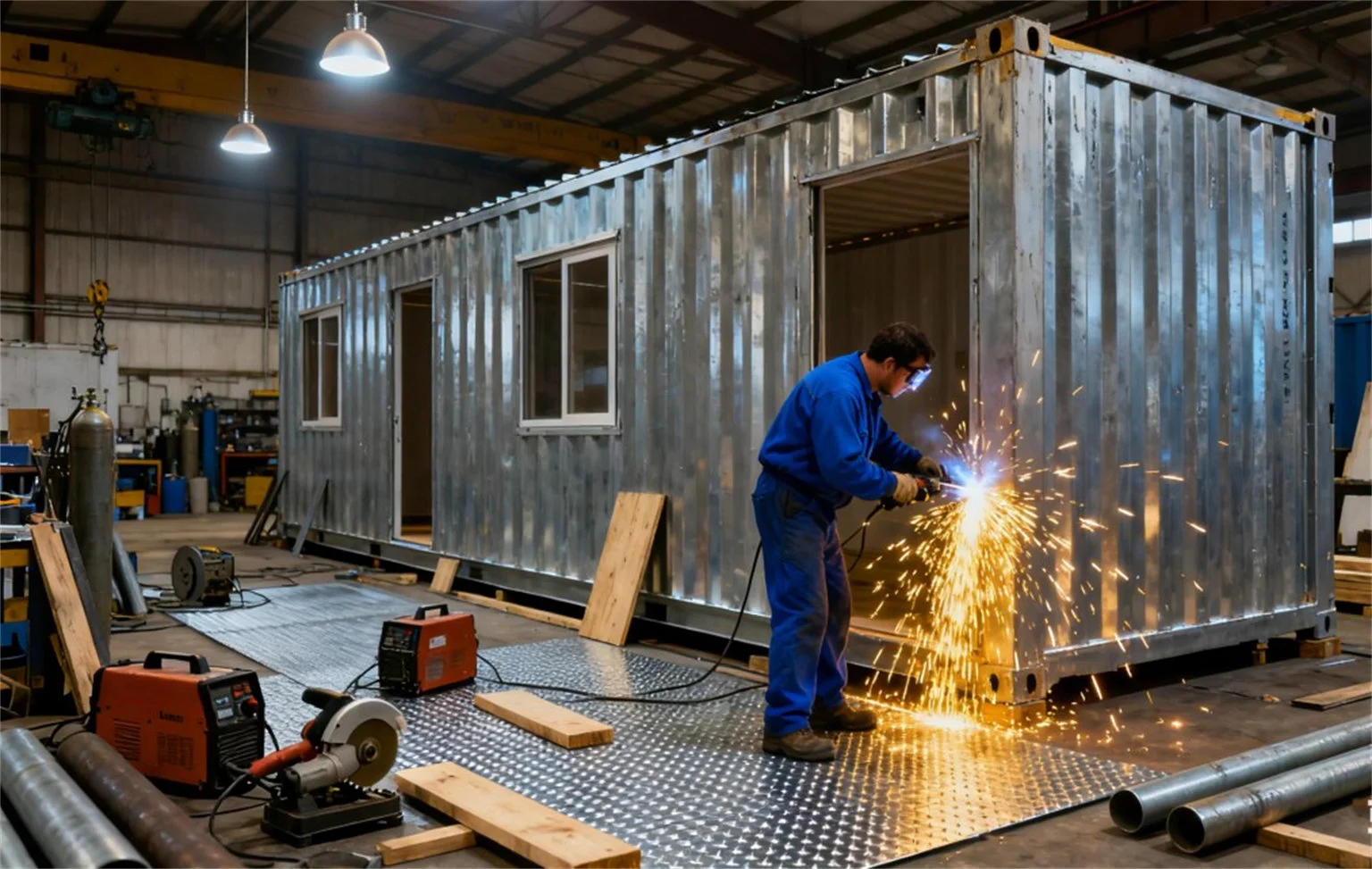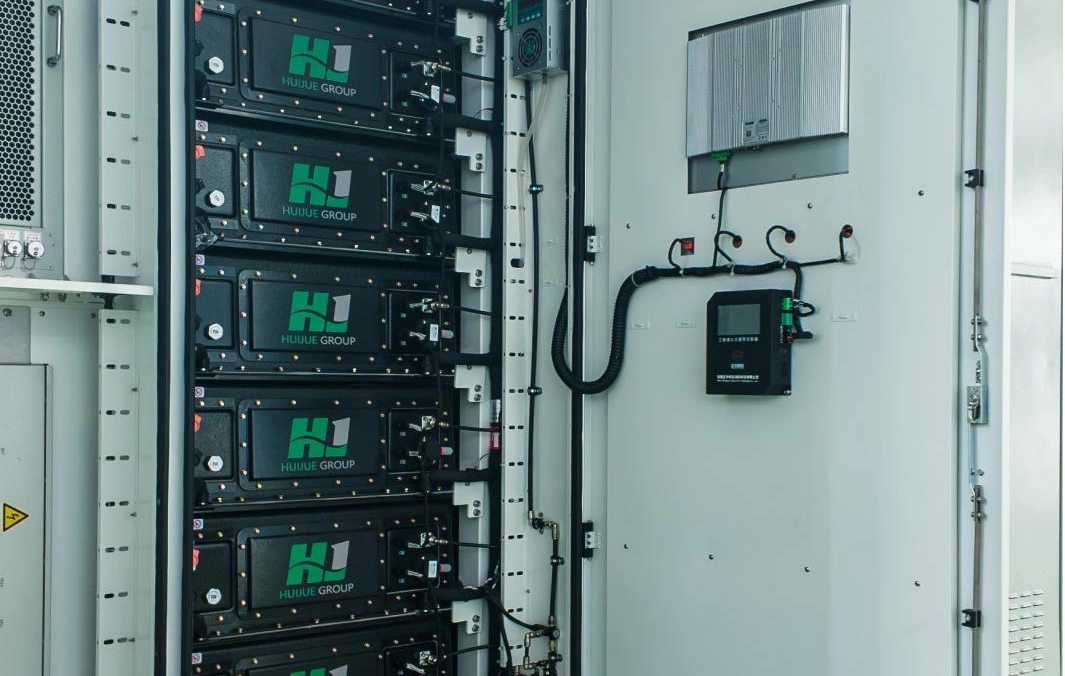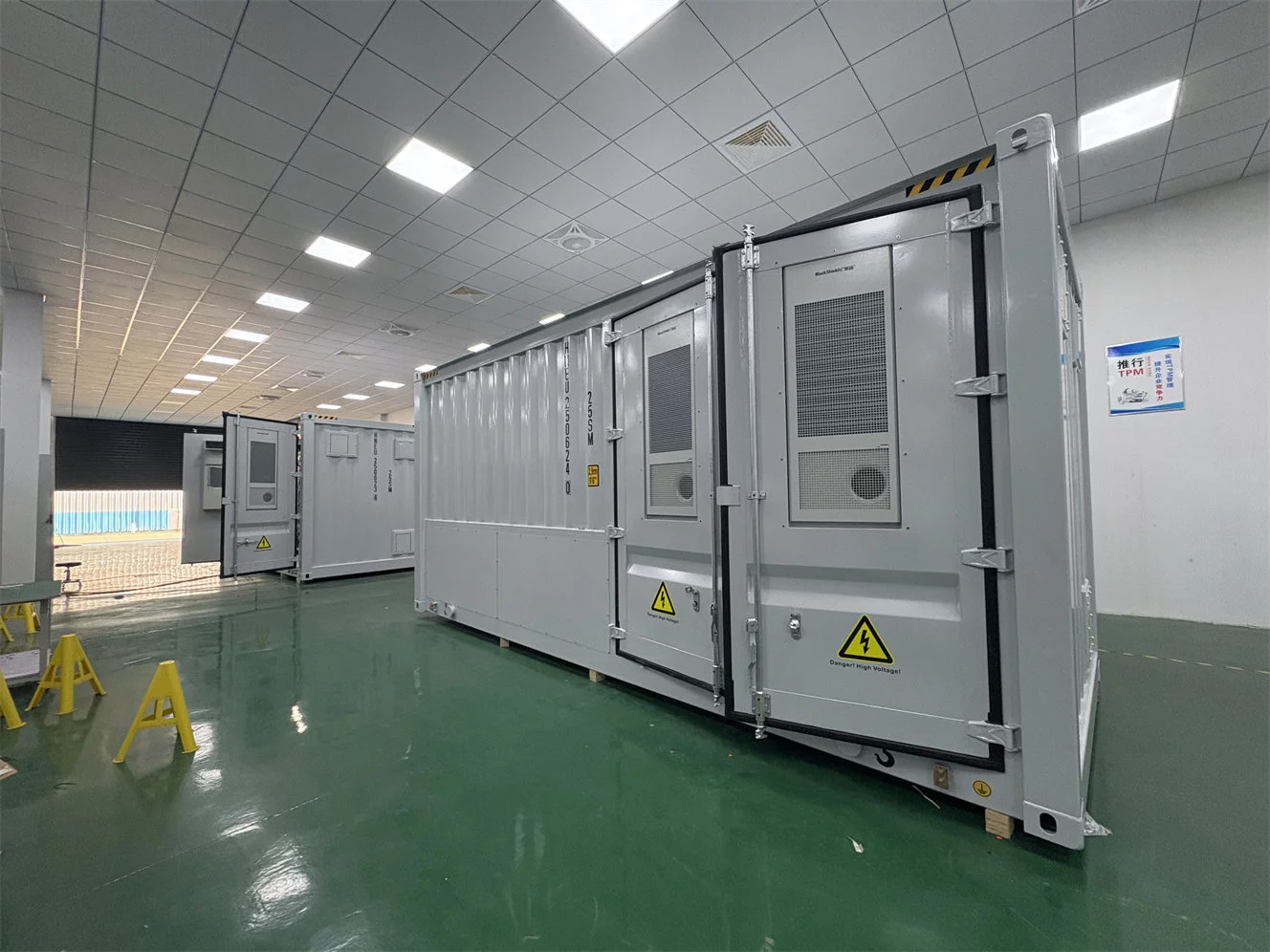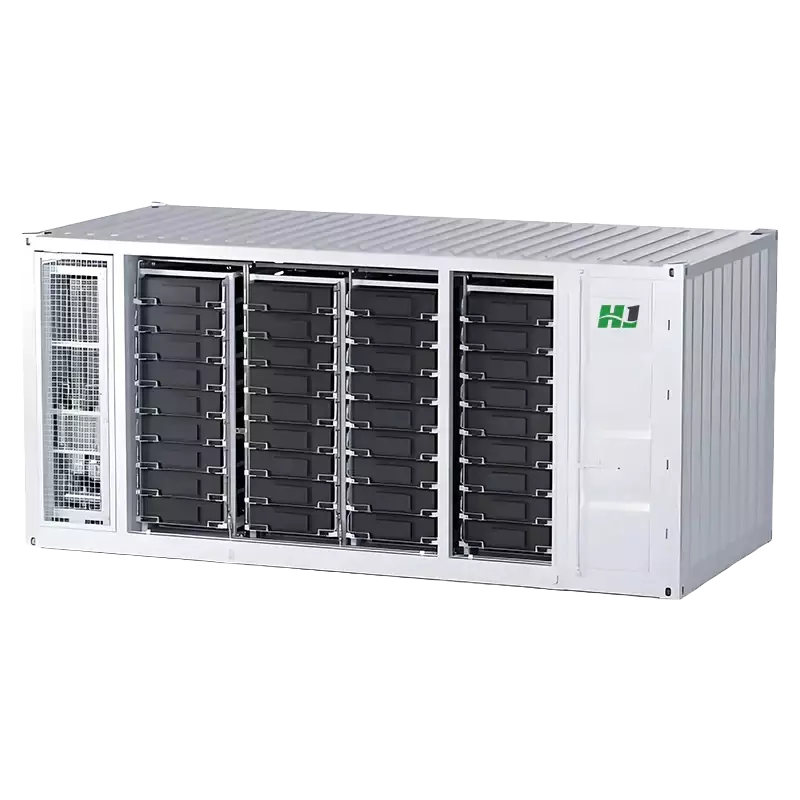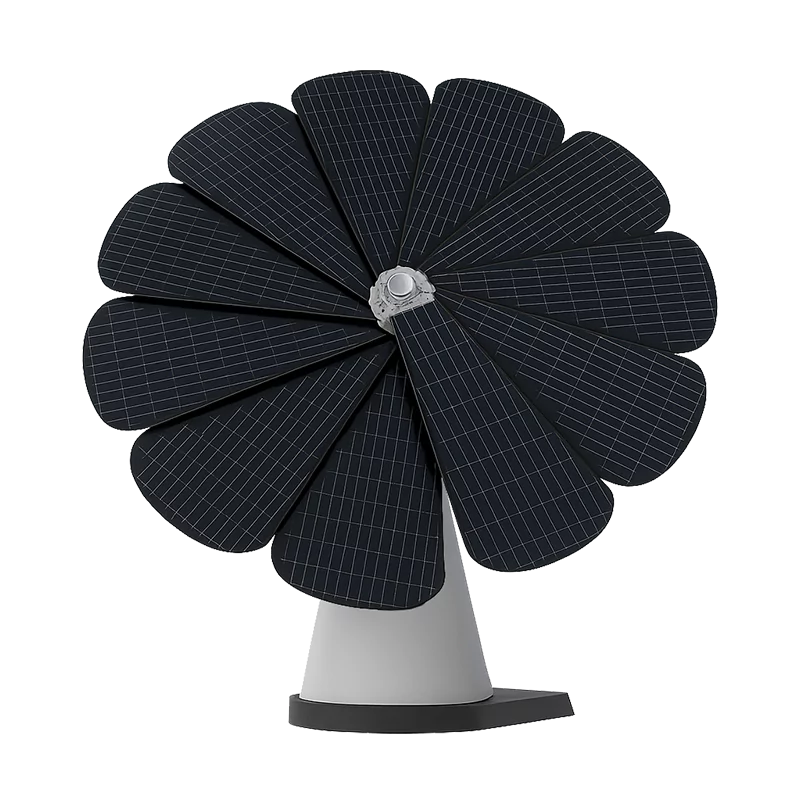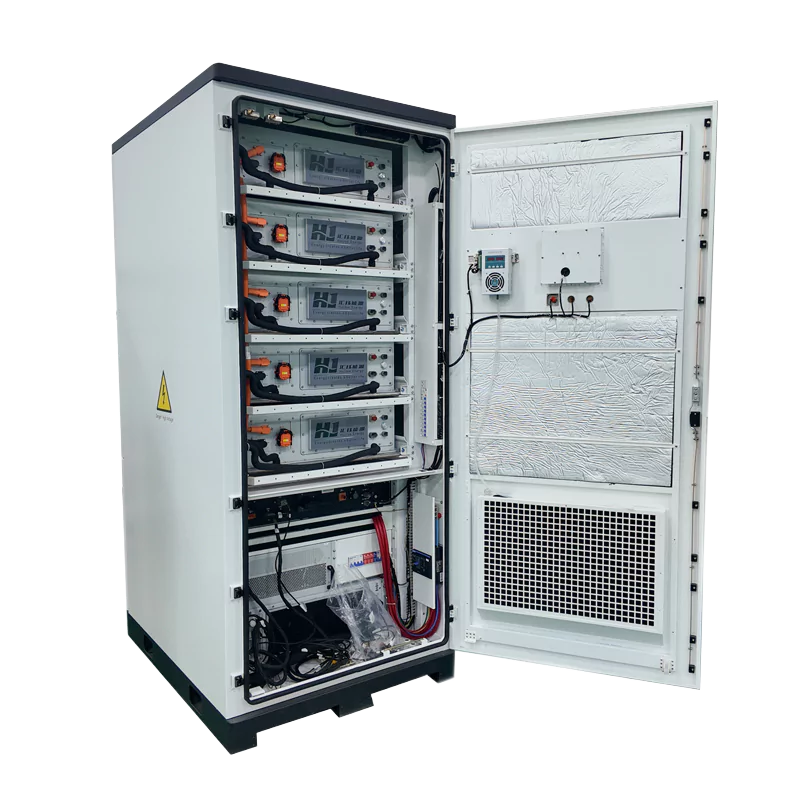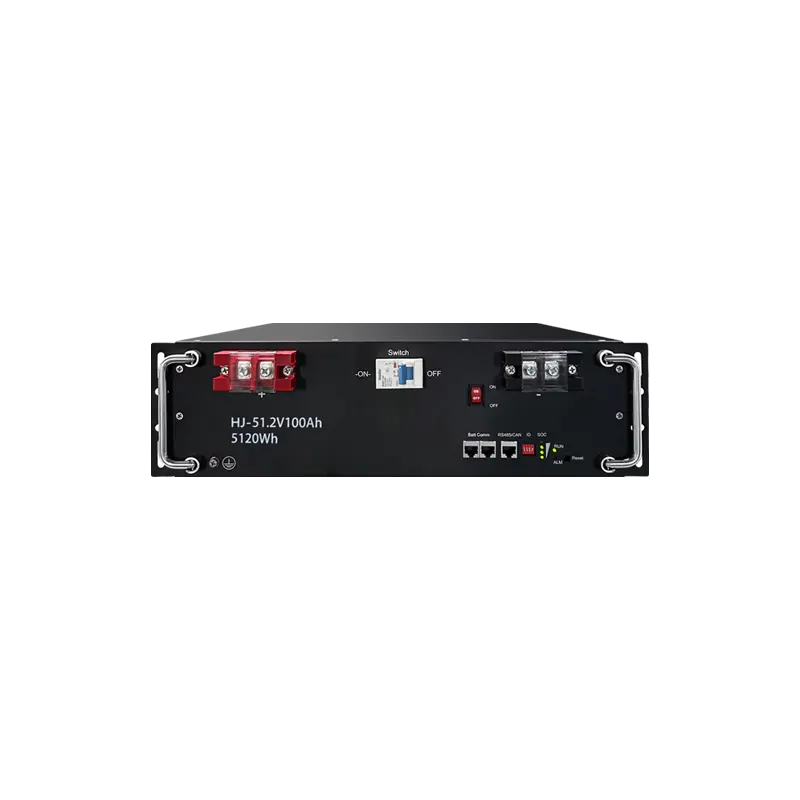What does warehouse energy power mean?
When people hear the phrase warehouse energy power, it sounds a bit confusing at first. Some may think it is just the electricity bills that warehouses pay each month, others imagine big machines running all night with lights and cooling systems, or maybe even some new green technology powering logistics. The truth is, the term doesn’t really have one single fixed definition, and that is maybe why it feels interesting. It can mean many things, depending on who you ask, and what kind of warehouse we are actually talking about.
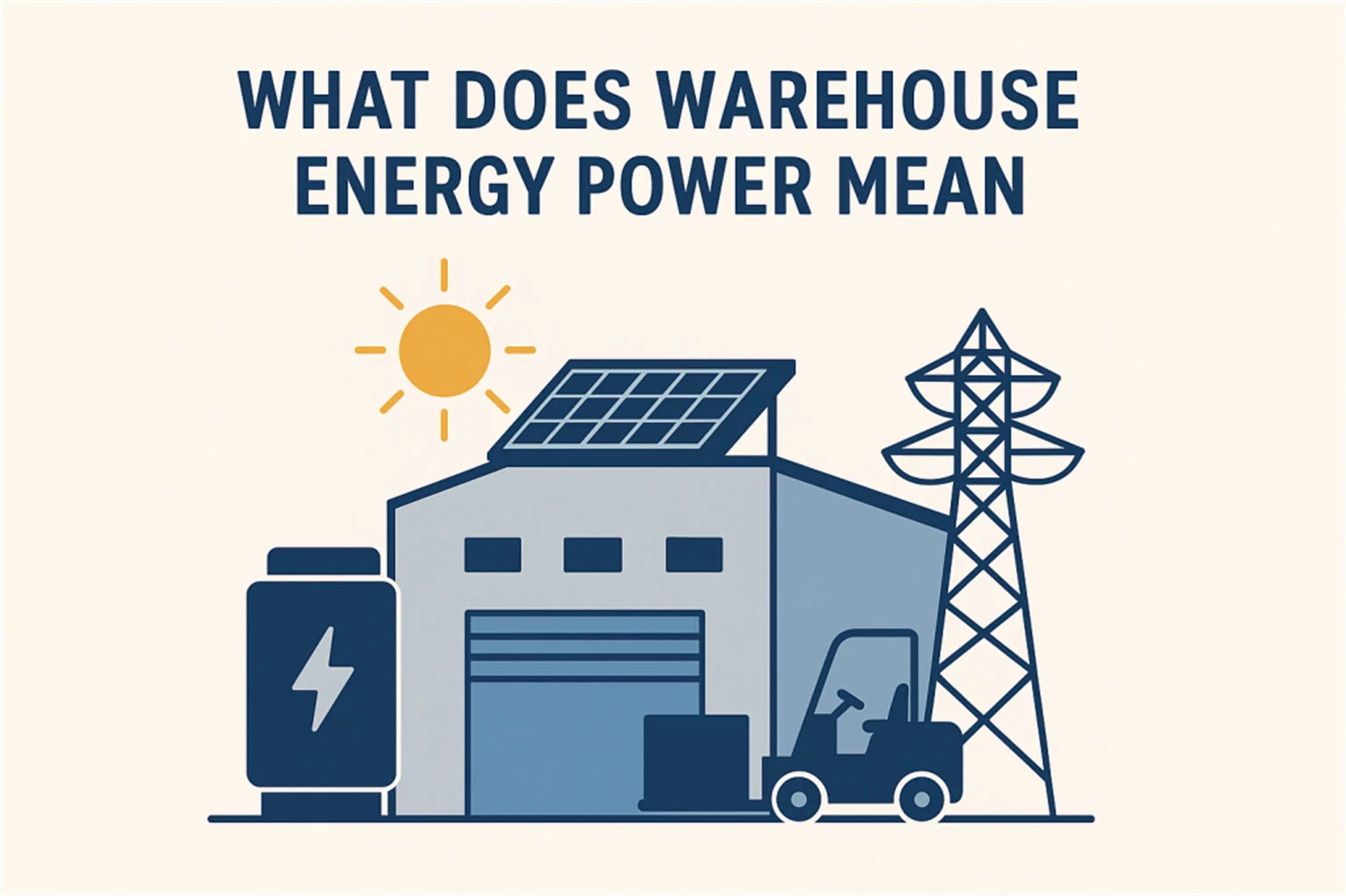
For example, a warehouse in a hot tropical country will think about energy power mainly as air conditioning and cooling for stored goods. But a cold climate warehouse may not spend much on cooling, but on heating and lighting instead. So, the idea of warehouse energy power is always connected with the practical needs of the building and the type of business it is supporting. In simple words, warehouse energy power can be described as the total energy resources, systems, and strategies that make a warehouse operate day by day.
Why is it important?
In recent years warehouses have become much more than just storage boxes. They are high-tech facilities with automation, conveyor belts, robotic arms, charging stations for electric forklifts, and even data servers in some cases. All these devices eat energy. In fact, for some big logistics hubs, electricity cost is one of the largest operating expenses. So when people talk about warehouse energy power, they are also talking about efficiency, sustainability, and the ability to keep operations running without wasting too much money or damaging the environment.
There is also another layer. The world is moving towards renewable energy. Many warehouses, especially those with big flat roofs, are perfect places for installing solar panels. Imagine a 20,000 square meter rooftop covered with PV panels — that can produce a lot of electricity, sometimes even more than the warehouse needs. Combine that with battery storage, and you have not just a warehouse, but a mini power station. In this sense, warehouse energy power is not only about consuming energy, but also about producing and managing it. Some companies already sell excess electricity back to the grid, turning energy from a cost center into a revenue stream.
But of course, it is not always simple. Warehouses face challenges: high upfront cost of solar systems, limited space for battery storage, the problem of balancing loads when demand peaks suddenly (like holiday seasons when operations double). Also, the technology is still changing fast, so some managers hesitate to invest because they fear it will be outdated in five years. That is part of the confusing charm of this phrase: warehouse energy power is not a fixed thing, it’s evolving.
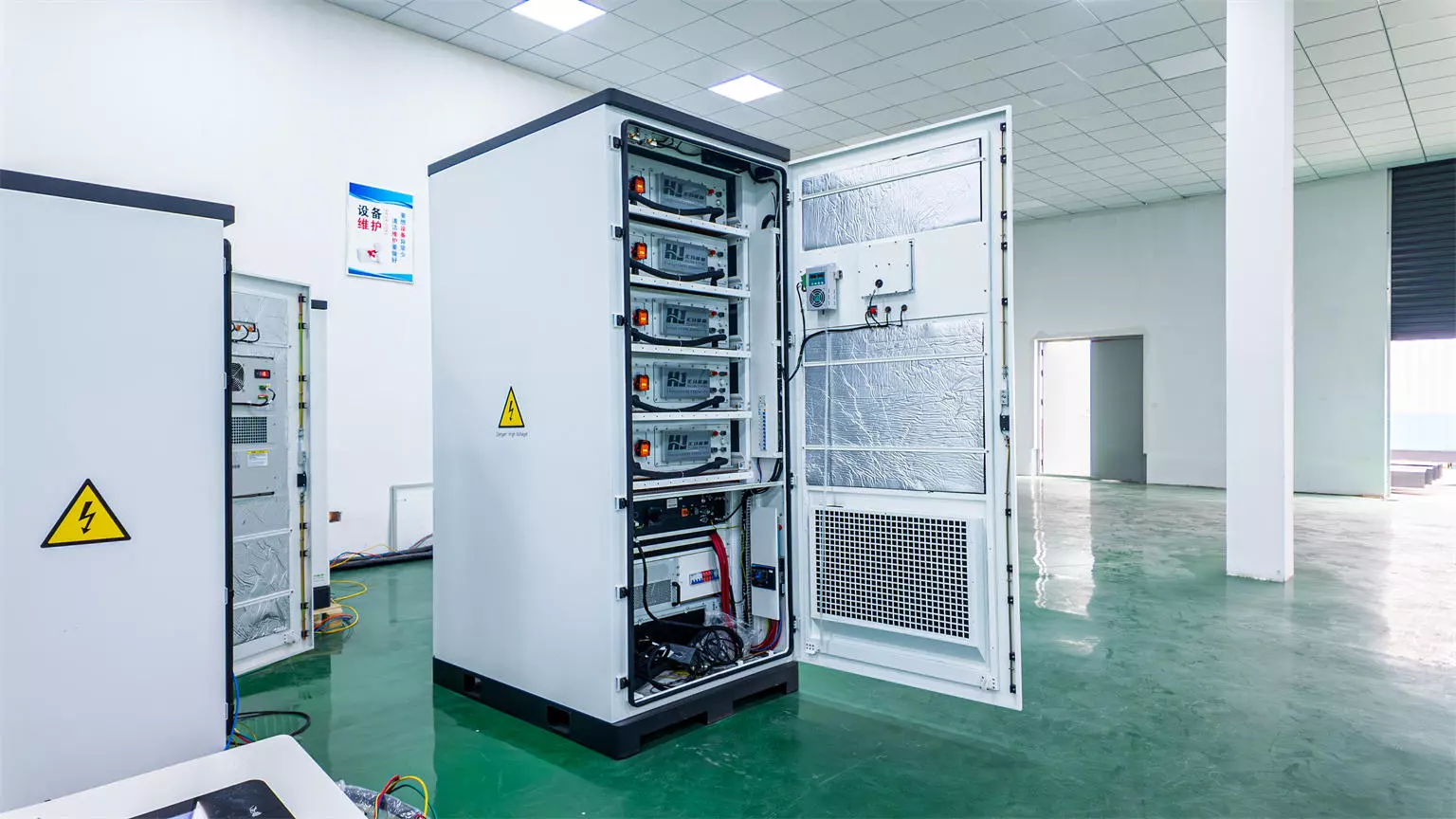
Warehouse Energy Power and Resilience
From another perspective, the term can also be linked with resilience. A warehouse is often a critical node in a supply chain. If power goes down, the whole chain is delayed. Think about frozen food storage or medical supplies — even a few hours of blackout can cause huge losses. So, energy power here is also about backup generators, UPS systems, and smart microgrids that guarantee stability. In other words, warehouse energy power is also about security, not just kilowatts.
Interestingly, the human factor is rarely mentioned, but it matters too. Workers need safe lighting, comfortable temperature, and reliable equipment. Poor energy systems can mean overheating in summer, freezing in winter, or dark unsafe corners. So, energy power affects not only goods and operations, but also the people inside.
The Future of Warehouse Energy Power
Looking at the future, the phrase warehouse energy power might become more common as industries look for sustainability certifications and carbon-neutral operations. Warehouses will probably become smarter, connected with IoT sensors, real-time monitoring, AI-based energy management, and integration with electric vehicles fleets. It sounds futuristic, but it is already happening in pilot projects. The question is not if warehouses will need energy power strategies, but how fast they can adopt them.
Conclusion
So, to wrap it up, what does warehouse energy power mean? It can mean many different things: the energy bills, the technology choices, the renewable installations, the backup systems, the sustainability goals, the comfort of workers, even the reputation of a company. It’s one of those terms that doesn’t fit into one neat box, but instead points to a big and changing picture. In practice, it is about how a warehouse survives and grows in a world where energy is both a cost and an opportunity.
Maybe the best answer is: warehouse energy power means whatever combination of energy use and energy production that makes a warehouse function properly — and hopefully, more efficiently and greener over time. The definition is flexible, but the importance is certain. Without strong energy power, a warehouse is just a building with shelves. With it, it becomes a living, breathing hub of modern supply chain.
Find Your Solar + Battery Storage Specialist Now!
* Fill out this form and our experts will help you find the perfect solar storage solution for your home or business.


